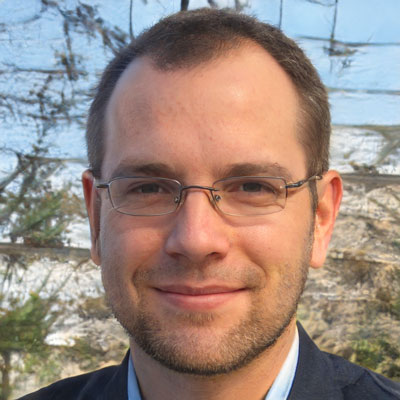Study Links Patients Living in Disadvantaged Areas to Inadequate Screening for Obesity; At Highest Risk, Likely To Have Missing Body Mass Index Data

COLUMBIA, MO – Obesity is a worldwide health epidemic, and here in Missouri, more than 35% of adults are obese, according to the Centers for Disease Control and Prevention. Previous studies have shown that socioeconomic disadvantages increase the risk of obesity. Researchers from the University of Missouri School of Medicine and MU Health Care discovered how a tool called the Area Deprivation Index (ADI) can predict a person’s obesity risk based on his or her home address. The study also discovered those at highest risk for obesity were most likely to have missing body mass index (BMI) data in their health records, indicating inadequate obesity monitoring.
“This evidence-based data has the potential to help primary care physicians identify patients who lack the experience of being a self-advocate to ensure the health care they need,” said Lincoln Sheets, MD, PhD, assistant research professor at the MU School of Medicine. “It’s also an opportunity for doctors to strengthen their relationships with these patients to ensure the best care for those at highest risk for obesity.”
Researchers analyzed more than 5,000 Medicare beneficiaries at MU Health Care and examined the association between obesity and ADI, an area-based metric of 17 markers of socioeconomic disadvantage including education level, employment income and level of poverty. The ADI was used to rank neighborhoods within Missouri and break them into 10 groups of equal size, known as deciles. The researchers then used home addresses to place each patient in a corresponding decile. After compiling all of the data, the researchers discovered obesity was more prevalent in the most disadvantaged neighborhoods.
“Your income is not something you want your doctor to ask about during your medical appointment,” Sheets said. “But what is in your chart is your address. A zip code can be more important than genetic codes, because people who live in poor neighborhoods are at a higher risk for obesity and early death. So using this index will allow doctors to reliably gauge obesity risk by just plugging in the patient’s address.”
Sheets discovered something else during his data analysis that warranted further examination.
“People in poor neighborhoods were not only more likely to be obese but also more likely to have no BMI monitoring,” he said. “In other words, those at highest risk were not getting screened for obesity as much as they should be.”
Sheets says the next step is to examine the potential causes for this missing data and whether this trend is more widespread across the country.
In addition to Sheets, the study’s co-authors included MU School of Medicine colleagues Laura Henderson Kelley, MD, associate dean of diversity and inclusion; medical student Kristen Scheitler-Ring; Gregory Petroski, biostatistician; Chris Barnett, assistant director of the MU Center for Applied Research and Engagement Systems; Yan Barnett, senior research consultant; and Jerry Parker, PhD, associate dean emeritus.
The study, “An index of geospatial disadvantage predicts both obesity and unmeasured body weight,” was published by the journal Preventative Medicine Reports. Research reported in this publication was supported by Department of Health and Human Services, Centers for Medicare and Medicaid Services. The authors of the study declare that they have no conflicts of interest. The contents of this publication do not necessarily represent the official views of the funding agencies.
About University of Missouri Health Care and the University of Missouri School of Medicine
MU Health Care and the MU School of Medicine form an academic health system dedicated to patient care, research and education. Caring for patients from each of Missouri’s 114 counties, both enterprises focus on advancing care for the simplest and most complex conditions, researching breakthroughs for today’s most prevalent health problems and training the next generation of health care providers. With a combined expertise of nearly 7,000 faculty physicians, researchers, nurses and other health care professionals, the academic health system educates over 2,000 students, residents and fellows each year and serves nearly 240,000 patients. For more information, visit muhealth.org and medicine.missouri.edu.



Comments are closed.